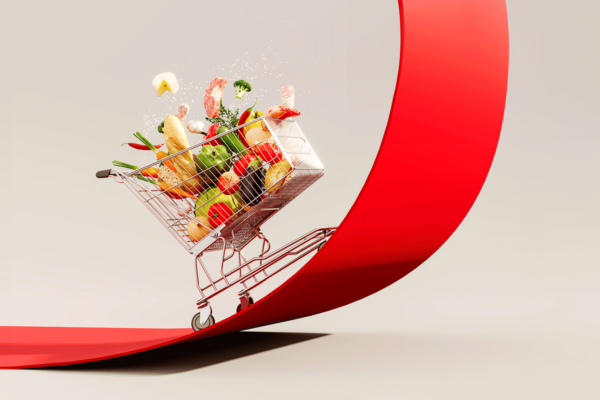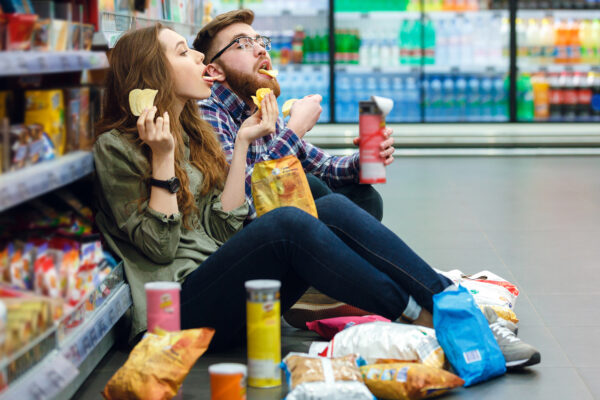…there’s a growing movement in the c-store space toward integrating trend-forward concepts
This article was originally published on SmartBrief, read the full article here
When you think of convenience store foodservice, what comes to mind? Perhaps roller hot dogs, pizza or slushies. But there’s a growing movement in the c-store space toward integrating trend-forward concepts – think kombucha slushies for a healthy spin, vegetarian flatbreads and vegan cheese wheels, uncured hot dogs that may come with gluten-free buns, and more. According to Datassential’s 2019 Convenience Stores Keynote Report, a third of consumers are buying more from c-store foodservice than the previous year and have seen an improvement in the quality of these items. Half of all consumers also now find themselves satisfied or extremely satisfied with the variety of prepared foodservice items available at their favorite c-stores. As c-stores have looked to reinvent themselves, they’ve emerged as competitive players in foodservice.
Changing c-store customer demographics
C-stores are evolving to meet the needs of their changing customer demographic. According to our 2019 Convenience Stores Keynote Report, nearly three-quarters of c-store operators are seeing changes in who is coming to their stores to buy prepared foods and beverages, with one operator in six reporting significant changes in their customer base. Most say they’re seeing a significant increase in younger patrons who are noted to value convenience more than older consumers, but what does convenience look like today?
The next generation of c-stores
The profitability of c-store foodservice among other retail categories can’t be understated. Nearly two-thirds of operators say prepared items are highly profitable, outranking CPG items as well as gasoline, cigarettes and lottery tickets. In fact, nearly 70% of c-store operators witnessed an increase in foodservice sales within just the last year (2019 Convenience Stores Keynote Report).
New dining formats have emerged at c-stores, taking inspiration from other segments like fast casuals and mini markets, showing that it can be beneficial to think outside the box (or particular segment your concept may fall in). Take The Goods Mart, for instance, which is based in Silver Lake, Calif., and was opened by Rachel Krupa whose goal is to “shake up” the classic c-store model by introducing “a fresh, socially-conscious” concept. The c-store offers not just organic and health-forward alternatives for on-the-go consumption, but also a community gathering space with seating. Another c-store redefining the segment is Amazon Go, which uniquely doesn’t have any checkout areas or cashiers – customers simply scan the Amazon Go app when they walk in and then walk out with any items they want, such as prepared foods like sushi, salads and sandwiches or meal kits (according to Datassential TrendSpotting’s issue of Creative Concepts: C-stores 2018, nearly 40% of consumers are interested in seeing meal kits at c-stores). Upon exiting, customers’ Amazon accounts are charged automatically, with sensors and cameras determining which items were taken and how much is owed.
And then there’s Native Roots, a cannabis dispensary in Colorado that operates aptly-named Gas & Grass c-stores, which allow patrons to fill up their cars with gas as well as conveniently buy cannabis (which is gradually being legalized for recreational use in more US states) in a single trip. As restaurants and retailers look to compete in an age when customers can order items online and have them delivered to their doors in minutes, inspiration can be taken from these next-gen convenience stores who are drawing consumers into brick-and-mortar spaces by capitalizing on current trends.
Gerald Oksanen is a senior analyst at Datassential






